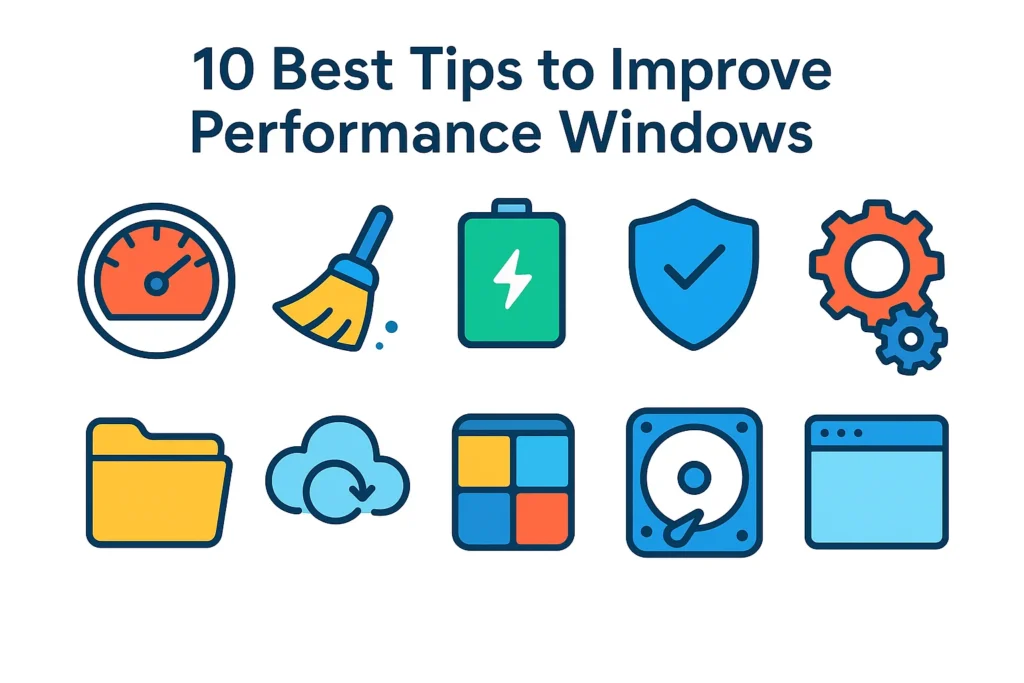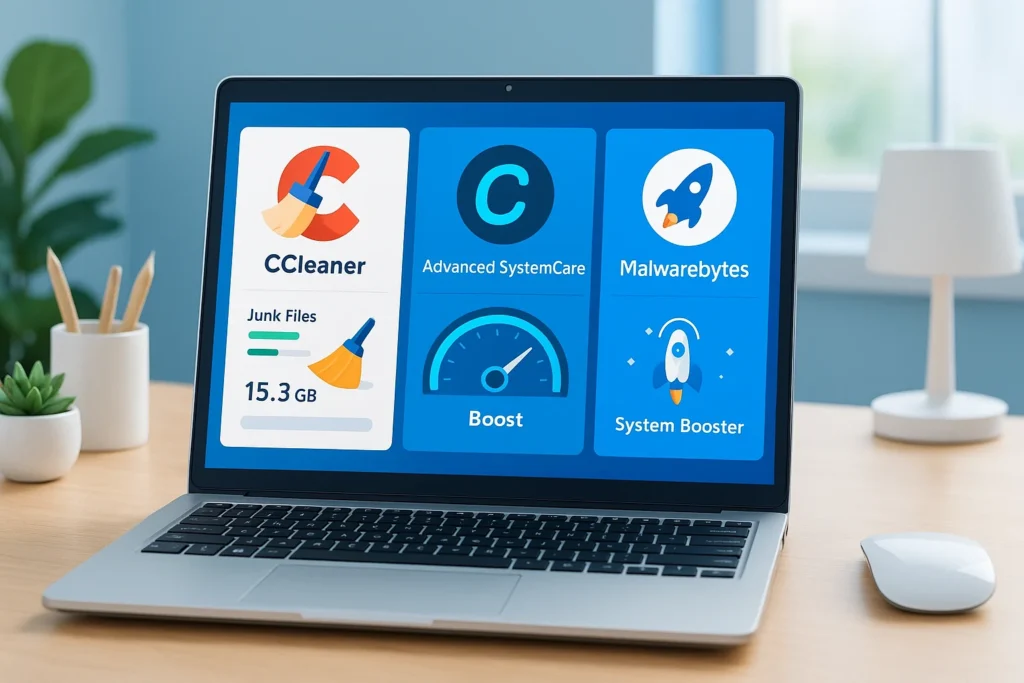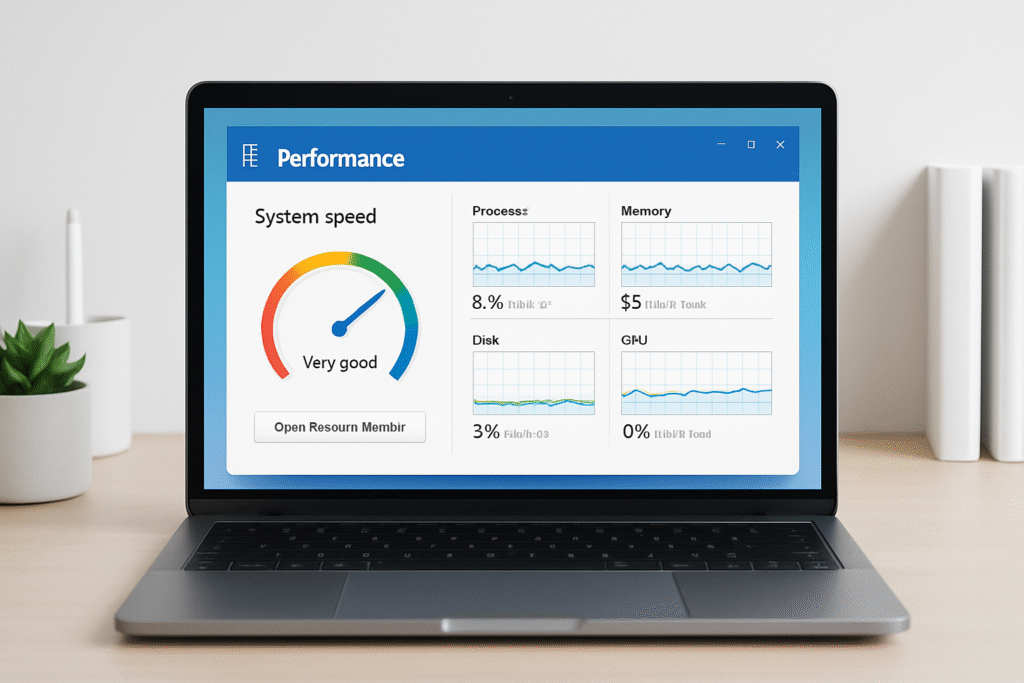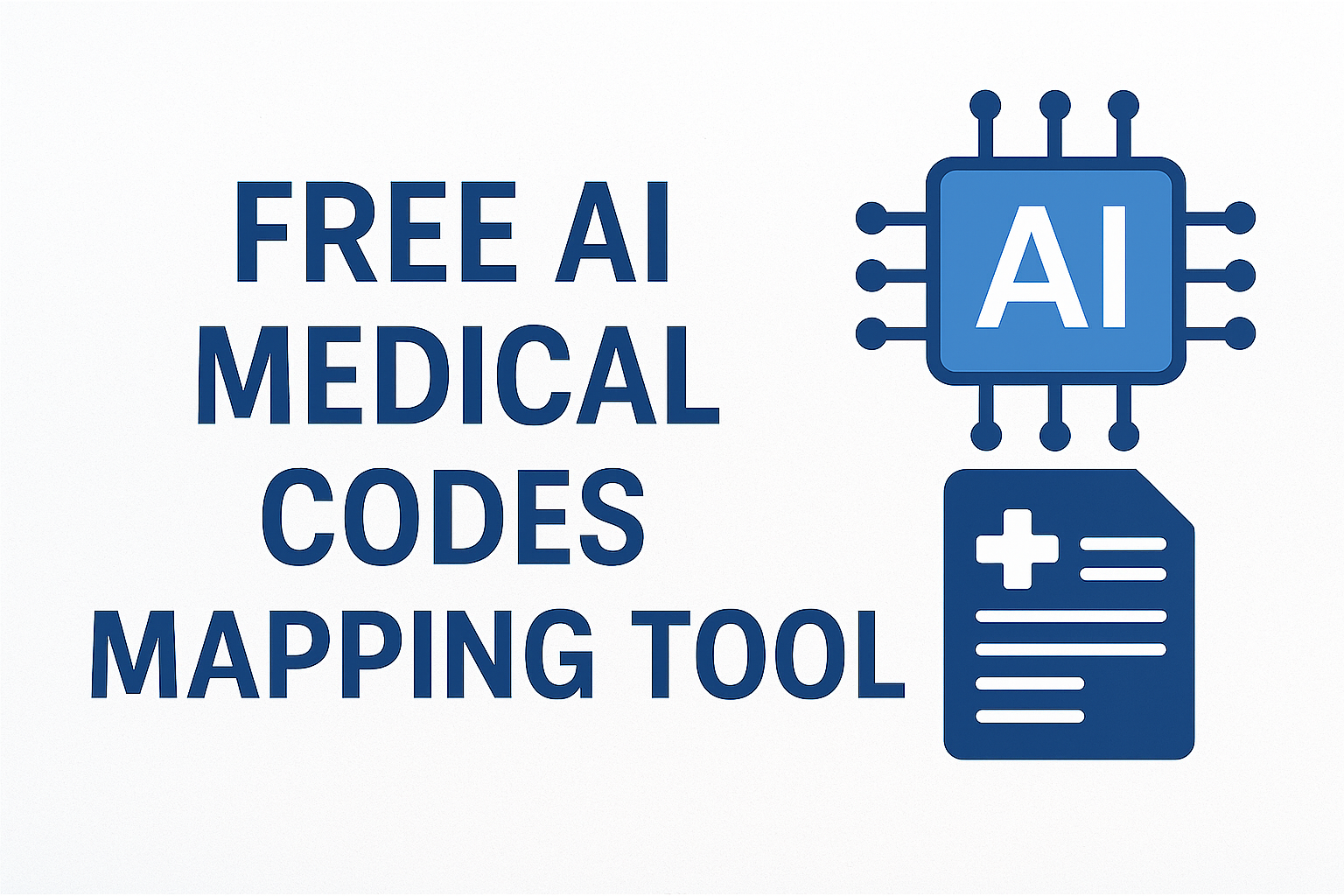Introduction to Performance Windows
When people search for Performance Windows, they usually want one thing: speed. A slow PC makes every task frustrating. Whether you are opening a file, browsing the web, or launching a game, a sluggish computer wastes time and reduces productivity. Fortunately, there are many simple methods and reliable tools to boost Performance Windows on both Windows 10 and Windows 11. This guide will take you through the best strategies, combining practical tech tips with trusted software recommendations.

10 Best Tips to Improve Performance Windows
1. Keep Windows Updated
Microsoft regularly releases patches to fix bugs and improve system stability. By keeping your PC updated, you ensure that Performance Windows benefits from the latest enhancements. Updates often include security improvements, which also help prevent malware-related slowdowns.
2. Disable Startup Programs
One of the most common causes of slow performance is unnecessary startup apps. Many programs automatically add themselves to boot when Windows starts. Disabling them using Task Manager reduces startup time and makes Performance Windows smoother.
3. Run Disk Cleanup and Storage Sense
Windows provides built-in tools to remove junk files, caches, and system leftovers. Running Disk Cleanup or enabling Storage Sense frees up valuable disk space. This directly improves Performance Windows by ensuring the system has room to work efficiently.
4. Control Background Apps
Apps running silently in the background drain resources. Go to Settings > Privacy > Background Apps, and turn off the ones you don’t use. This frees up CPU and memory, resulting in better Performance Windows for daily use.
5. Upgrade RAM for Faster Multitasking
If your PC struggles when multiple programs are open, upgrading RAM is a smart investment. More memory allows for smoother multitasking, making Performance Windows significantly better during heavy workloads.
6. Switch to SSD for Quick Performance
Traditional hard drives are much slower than SSDs. Upgrading to an SSD drastically reduces boot time, speeds up software loading, and gives your system a noticeable boost. For improving Performance Windows, this is one of the most effective upgrades.
7. Adjust Power Settings for Maximum Output
By default, Windows uses a balanced power plan. Switching to “High Performance” allows the system to use maximum power, especially useful for demanding tasks. This small change can significantly improve Performance Windows.
8. Remove Unnecessary Software
Over time, unused programs accumulate on your PC. These not only consume space but sometimes run background processes that slow down performance. Uninstalling them helps make Performance Windows cleaner and faster.
9. Use Performance Windows Tools
Manual tweaks are useful, but tools can automate optimization. Trusted software can clean junk files, fix registry issues, and update drivers. Tools like CCleaner, Advanced SystemCare, and Driver Booster are designed to improve Performance Windows quickly and safely.
10. Keep System Safe from Malware
Viruses, spyware, and ransomware often run in the background, consuming resources and slowing your PC. Use security tools like Malwarebytes to protect against malicious programs. A secure PC always performs better, ensuring strong Performance Windows.

Best Tools to Boost Performance Windows
CCleaner
CCleaner is one of the most popular optimization tools. It removes junk files, clears cache, and fixes registry errors. It’s a simple way to keep Performance Windows optimized with just a few clicks.
Advanced SystemCare
Advanced SystemCare offers an all-in-one solution. It includes disk cleanup, privacy protection, and performance monitoring. For users who want automation, it’s one of the best choices to maintain Performance Windows.
Driver Booster
Outdated drivers can cause lag, crashes, and hardware issues. Driver Booster scans your PC and updates drivers automatically. Keeping drivers current is essential for maintaining Performance Windows.
Malwarebytes
Malwarebytes focuses on security. By removing malware and spyware, it protects your PC from threats that often slow down performance. Clean systems always deliver better Performance Windows.
Windows Built-in Tools
Windows includes free tools like Task Manager, Disk Cleanup, and Storage Sense. While third-party tools are powerful, these built-in features are reliable and contribute to better Performance Windows without additional cost.
Common Mistakes That Slow Performance Windows
Even with the right tools and settings, many users make mistakes that harm system speed. Some of the most common include:
- Ignoring system updates
- Running multiple antivirus programs simultaneously
- Installing too many browser extensions
- Overloading desktop with files and shortcuts
- Failing to clean up storage for months
Avoiding these errors ensures consistent Performance Windows and a more enjoyable user experience.
Why Performance Windows Matters in Windows 10 & 11
Performance is more than just convenience; it is about efficiency. If your system runs slowly, it affects your workflow, delays deadlines, and even increases stress. On the other hand, a well-optimized PC ensures smooth multitasking, faster boot times, and stable operation. Another reason to focus on Performance Windows is longevity. A well-maintained system lasts longer, reducing the need for expensive upgrades. Simple changes in settings, combined with reliable optimization tools, can make your PC feel like new again.
Final Thoughts
Improving Performance Windows is easier than most people think. With the right balance of built-in settings, hardware upgrades, and optimization tools, you can keep your PC fast and efficient for years.
Start with simple steps like disabling startup programs, adjusting power settings, and running Disk Cleanup. For advanced optimization, consider upgrading RAM, switching to an SSD, and using tools like CCleaner, Advanced SystemCare, Driver Booster, and Malwarebytes.
By combining these 10 tips and recommended tools, you can enjoy smoother, faster, and more reliable Performance Windows on both Windows 10 and Windows 11.



